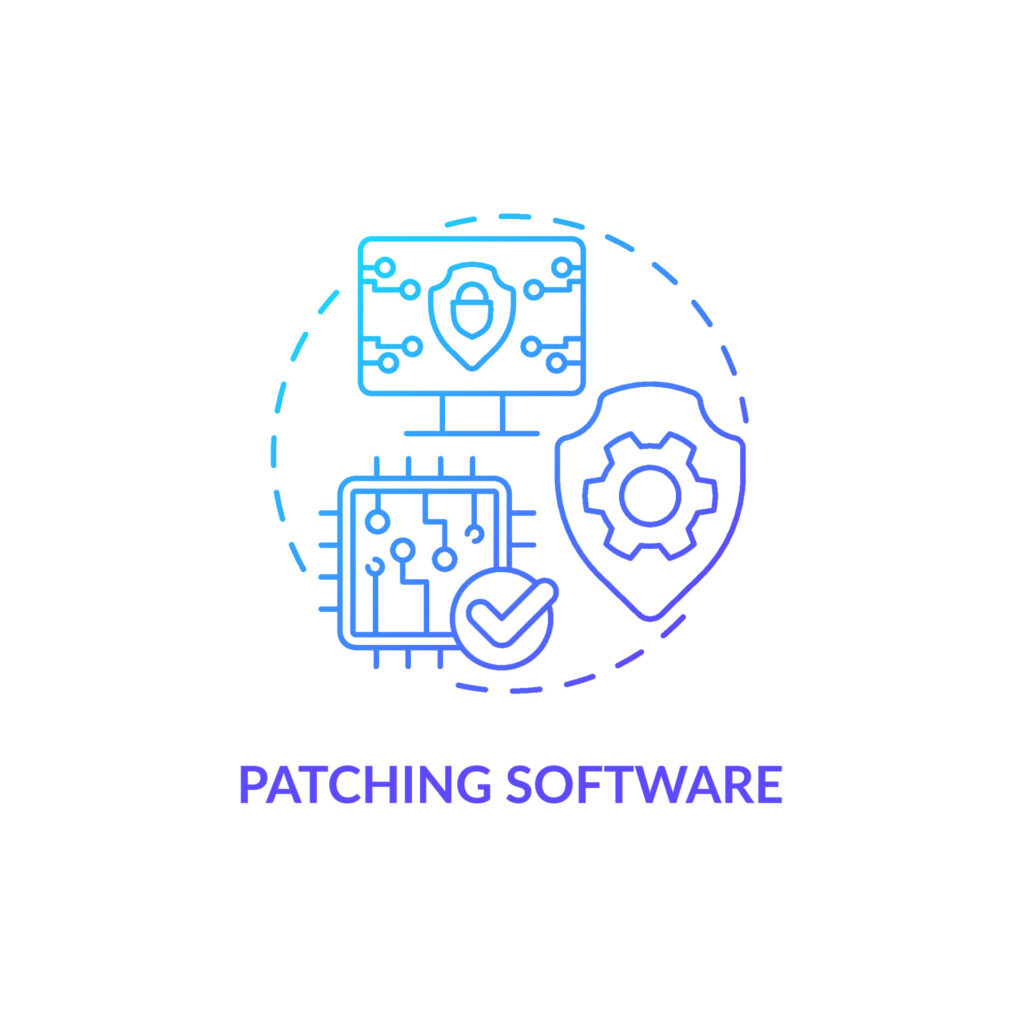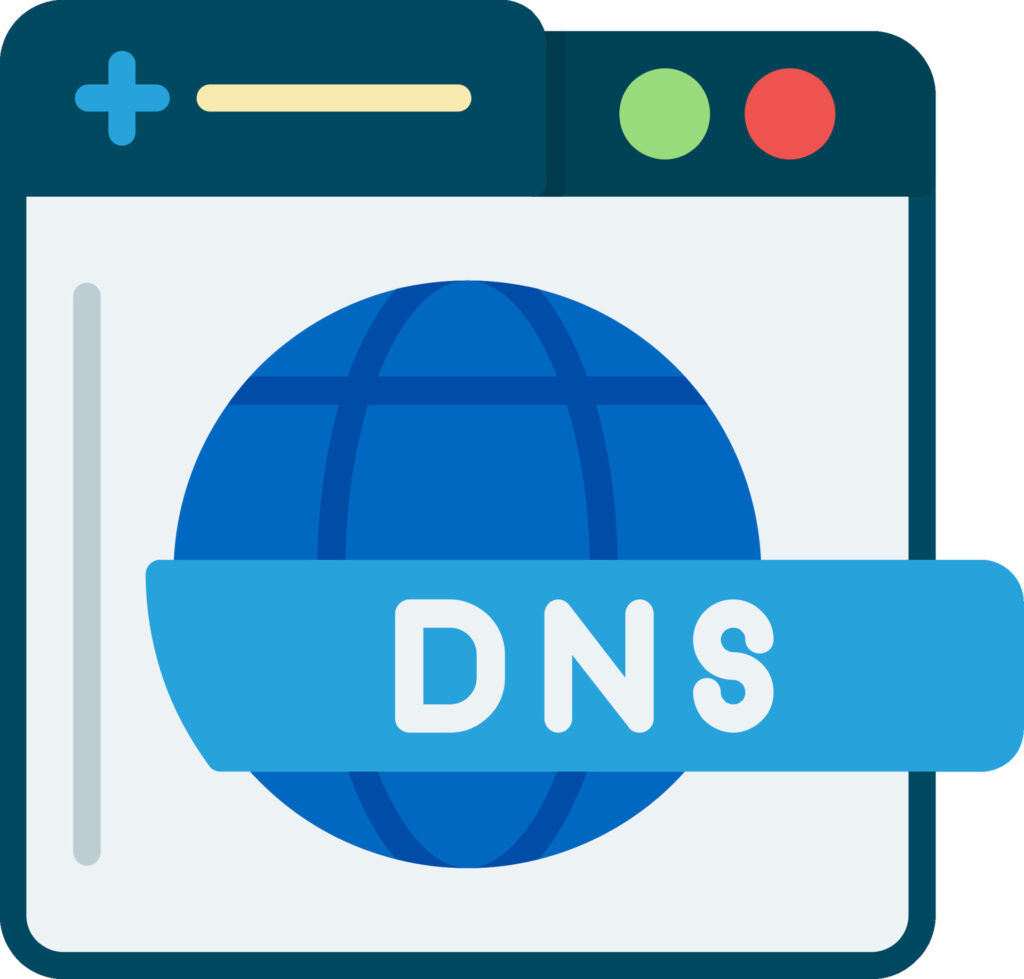Thankful for Secure Networks: A Message from InfiNet
As we approach the season of gratitude, all of us at InfiNet would like to take a moment to express how thankful we are for the partnerships we’ve built with our clients. In today’s interconnected world, where businesses rely heavily on technology, one thing stands out above all else: a secure, reliable network. This Thanksgiving, we’re especially thankful for secure networks that help protect what matters most to your business.
The Critical Role of Secure Networks in Your Business

At InfiNet, we understand how vital a secure network is to your day-to-day operations. It’s more than just keeping the lights on—it’s about ensuring the safety of your data, the reliability of your services, and the trust of your customers. Secure networks are the backbone of modern business, enabling innovation, seamless collaboration, and protection against evolving threats.
We’re grateful for the opportunity to support your business with top-tier network security services that keep you running smoothly and securely, day in and day out.
Protecting You Against Modern Threats
In today’s digital world, the threats to your network are ever-changing. From ransomware and phishing attacks to more sophisticated breaches, the risks are growing. Thankfully, through our partnership with you, we’ve been able to provide state-of-the-art security solutions that shield your business from harm.
- Real-time monitoring: Our team keeps a constant eye on your network to detect and neutralize threats before they can cause damage.
- Proactive solutions: From firewalls to network segmentation, we design your security to prevent issues, not just respond to them.
- Comprehensive support: When it comes to network security, our job doesn’t stop at installation. We work with you continuously to adapt and upgrade your defenses.
Why We’re Thankful for Secure Networks
Secure networks enable your business to operate with confidence, knowing that your data and operations are safe. Here’s why we believe network security is something to be thankful for this holiday season:
- Business Continuity: No business wants unexpected downtime. A secure network ensures your services stay up and running, even in the face of cyber threats.
- Client Trust: Your customers depend on you to keep their data safe. With a secure network, you’re able to deliver on that promise, building and maintaining strong relationships.
- Peace of Mind: Perhaps most importantly, a secure network means peace of mind. You can focus on growing your business, knowing that your network is fortified and resilient.
Our Commitment to Your Security
At InfiNet, our commitment to your business goes beyond providing IT services—we are dedicated to ensuring that your network is as secure as possible. From implementing best-in-class security solutions to staying ahead of emerging threats, we take pride in being your trusted partner for all things network security.
A Season of Gratitude
As we gather with friends and family this Thanksgiving, we want to extend our thanks to you—our clients. We are truly grateful for the trust you place in us to protect your business, and we remain dedicated to providing the secure networks that allow you to thrive.
Happy Thanksgiving from all of us at InfiNet. Here’s to a future of continued growth, innovation, and above all, security.
Thankful for Secure Networks: A Message from InfiNet Read More »





















